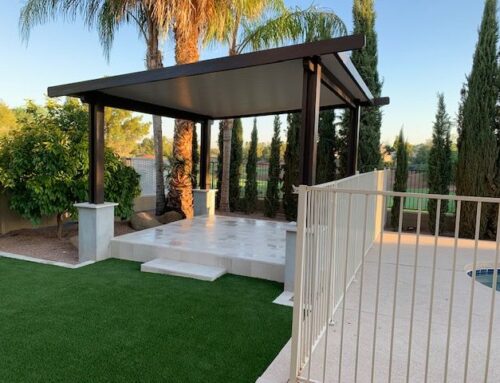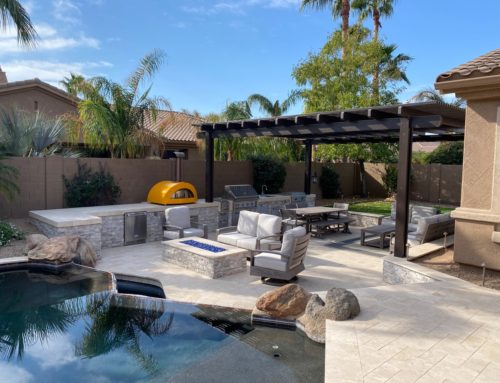Since the dawn of property ownership, people have been defining their property boundaries and garden spaces with wood and stone. Millions of years later, not much has changed, but thanks to the internet, you don’t have to spend hours brainstorming ideas that can make your borders the envy of the neighborhood.
Edging is nothing more or less than simply creating a separation between two areas. There are several ways of doing this, but more importantly there are plenty of reasons why edging can improve the look and utility of your landscape design.
One of the more popular and affordable methods of edging derives from upcycling materials. Large stones removed from gardens during the tilling process, chunks of broken concrete, tiles and wood are all commonly found items that may be utilized for your edging project.
A series of flat stones or broken concrete can form a perfect delineation for shrubs and flowers around the home. Some landscape fabric followed by the careful arrangement of stone serves several functions. Besides the aesthetically pleasing contrast between the lawn and an area that contains mulch, a well-formed border can help to retain water and prevent run-off.
For an even tighter division, concrete may be the answer. The downside of pouring concrete is the permanence of the curbing. We suggest using concrete only if the design has been well thought out and the homeowner is not planning for quick future renovation.
The lasting effect of concrete may be a positive feature, however. Concrete can be molded into various shapes and patterns and can be painted or stained to coordinate to the home or nearby landscaping features.
Another stony form of edging involves using bricks to form an area around gardens or walkways. Bricks tend to be the same shape and size, so if uniformity is the goal, then this may be the perfect medium for you. Another benefit of brick, like concrete, is that it can often be stained or painted as an option to change the color or feel of an area.
Some projects may be best suited for metal, especially if you have access to long metal sheets or curving foot wide steel that can support the weight of soil or mulch. Corrugated steel comes in a variety of cuts and combined with a wooden frame can make a great looking edge for shrubs and small trees.
A popular option among landscapers is gabion garden wall edging. This material forms a small metal fence that can be filled with moderately sized stones or pieces of brick to form a retaining wall. The material is surprisingly sturdy and perfect for a landscape that has access to plenty of rocks or stone pieces that you would rather appropriate than dump.
If a natural look comes to mind, wood may be the right edging material for you. Railroad sleeps, flat wooden posts, rounded post edges and even cut and stained stumps or log pieces can form a beautiful edge for almost any type of plants or even a Japanese-style garden or small pond.
Whatever your budget or preferred material, consider edging to spice up a boring landscape and make use of some leftover resources.



Leave A Comment